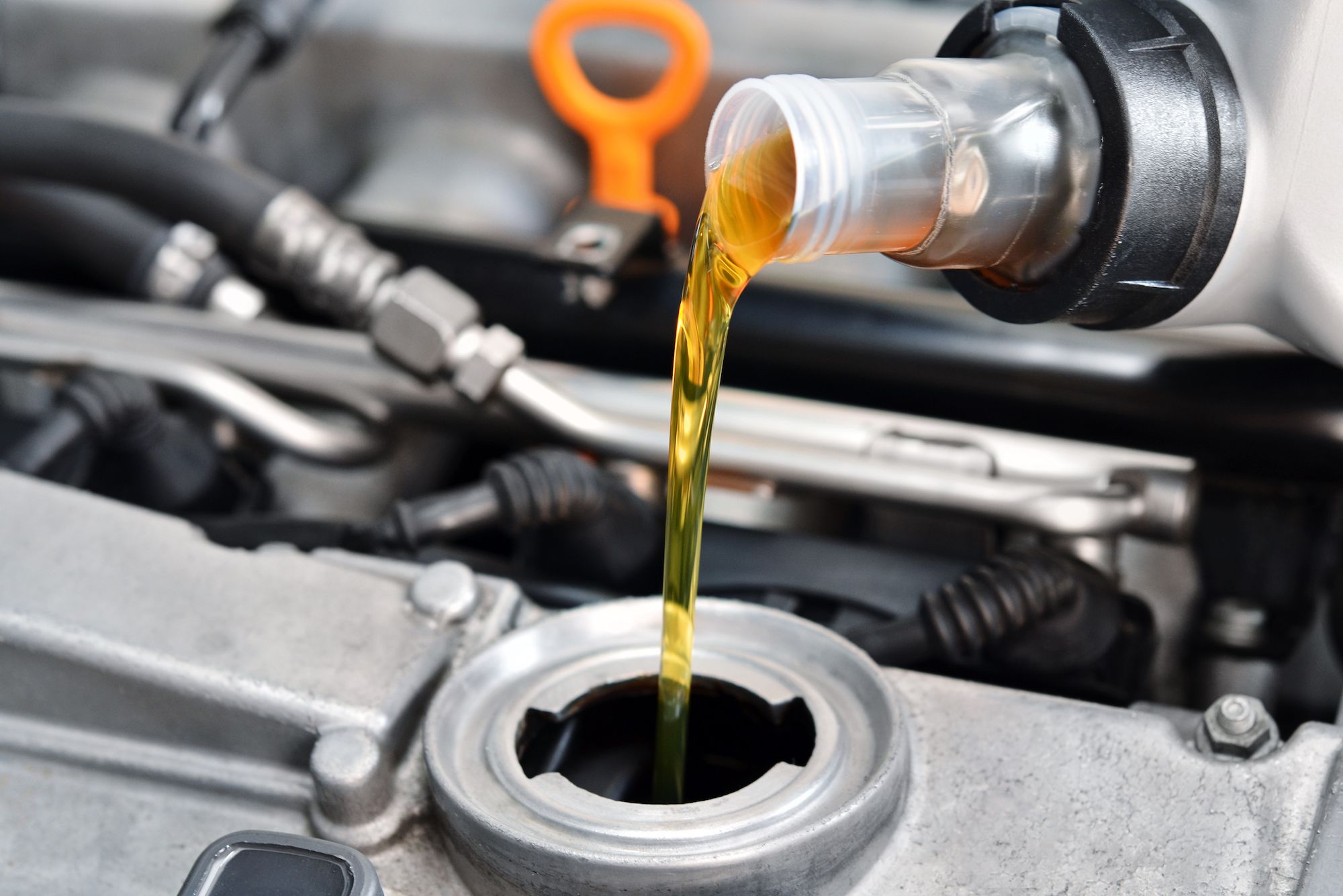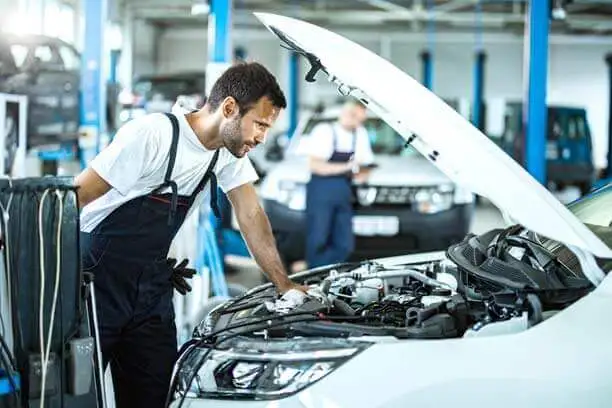All Categories
Featured

When it comes to lorry repairs, one of the most substantial decisions you'll deal with is whether to choose for Original Equipment Producer (OEM) components or aftermarket components. Listed below, we explore the advantages and factors to consider of both OEM and aftermarket components to help you choose the right alternative for your following car repair.

What Are OEM Components? OEM parts are made by the exact same firm that made the parts in your car when it was initial developed. They are created specifically for your make and design, making certain ideal compatibility and high-quality efficiency. Considering that OEM components are the very same ones used in the initial setting up of your lorry, they have a tendency to meet the same high requirements set by the manufacturer.
One of the main advantages of picking OEM parts is the assurance of top quality and integrity. If your automobile is still under guarantee, making use of OEM parts for fixings can assist make certain that your guarantee stays legitimate.

What Are Aftermarket Components? Aftermarket parts, on the other hand, are generated by third-party makers that may not be straight affiliated with the car's original manufacturer. These parts are created to fit a selection of vehicles and are usually more economical than OEM parts. While several aftermarket parts are of excellent quality, they can differ considerably between manufacturers.
The most substantial advantage of aftermarket components is their cost-effectiveness. Given that these components are mass-produced and do not have the exact same expenses prices as OEM parts, they are usually priced lower. Furthermore, aftermarket components can use enhanced performance or aesthetic enhancements over OEM parts. Aftermarket exhaust systems or suspension components might offer much better performance or an extra aggressive look compared to factory-installed parts.
Benefits of OEM Components. Surefire Fit and Top quality: OEM components are designed to fulfill the exact specifications of your car, ensuring a perfect fit and preserving the efficiency requirements that the supplier meant. Service Warranty: Several OEM parts come with a service warranty, using satisfaction in situation the component is defective or falls short prematurely. Resale Worth: If you intend on offering your auto, making use of OEM parts can help maintain its resale value given that prospective customers commonly search for automobiles that have actually been fixed with original elements. Automobile Honesty: Making use of OEM parts aids guarantee that your automobile remains to perform as meant by the producer, keeping it in optimal condition. Benefits of Aftermarket Parts. Reduced Rate: Aftermarket components are commonly extra budget-friendly, which can be a substantial consideration if you're on a budget plan or aiming to save money on fixings. Variety and Customization: Aftermarket components offer a wide range of options, specifically for performance upgrades or aesthetic modifications, allowing you to customize your automobile or improve its efficiency. Wide Availability: Aftermarket parts are typically simpler to locate than OEM components, especially for older cars or hard-to-find elements. Efficiency Enhancements: In many cases, aftermarket parts are developed to supply remarkable performance, such as better brakes or higher-flow air filters that increase horsepower. Negative Aspects of OEM Components. Greater Price: OEM parts often tend to be extra costly than aftermarket alternatives, which might be a drawback for cars and truck owners on a limited budget plan. Restricted Alternatives for Modification: OEM parts are made to replace the original elements without enhancements, so they might not supply performance upgrades or aesthetic modifications. Availability: Relying on the make and version of your automobile, OEM components can sometimes be hard to locate, particularly if your automobile is older or has been stopped. Downsides of Aftermarket Components. Irregular High quality: The quality of aftermarket components can vary greatly in between manufacturers. While some are made with top quality materials, others might be less durable or poorly created, which can lead to faster wear and tear. Prospective Fitment Issues: Aftermarket components might not always fit your vehicle as exactly as OEM components, leading to feasible compatibility problems or extra work during installation. Warranty Problems: Using aftermarket parts might invalidate your producer's service warranty or result in issues if a failure happens that relates to the aftermarket element. Exactly how to Determine In Between OEM and Aftermarket Parts. Selecting between OEM and aftermarket parts depends on numerous factors, including your budget plan, the age and condition of your lorry, and your details repair work demands.
Budget: If cost is your primary worry, aftermarket components are typically the much more budget friendly option. Nonetheless, it's crucial to consider the long-term worth of your decision. You may end up investing a lot more in the lengthy run if you opt for a less expensive aftermarket component that doesn't do well or needs frequent substitutes. Automobile Age and Condition: For more recent automobiles still under guarantee or those in superb condition, OEM parts are commonly suggested to maintain the auto's honesty and guarantee it remains to operate as planned. For older cars, aftermarket components might supply a much more budget-friendly solution without endangering efficiency. Repair service Kind: Some repair work, particularly safety-related parts like air bags or brake systems, are best managed with OEM parts to make sure optimum safety and integrity. For non-essential fixings or efficiency upgrades, aftermarket components might use a great balance between cost and performance. Conclusion. The decision in between OEM and aftermarket components depends on your specific requirements, choices, and spending plan. While OEM components supply guaranteed high quality and integrity, aftermarket components supply cost financial savings and the chance for performance improvements or customization.
Latest Posts
Change Your Bathroom in a Day
Published Apr 19, 25
1 min read
Montclare Auto Repair: The Trusted Choice for Brake & Engine Repairs
Published Apr 19, 25
2 min read
Expert Car Repair Services at Montclare Auto Repair - Book Today!
Published Apr 19, 25
2 min read